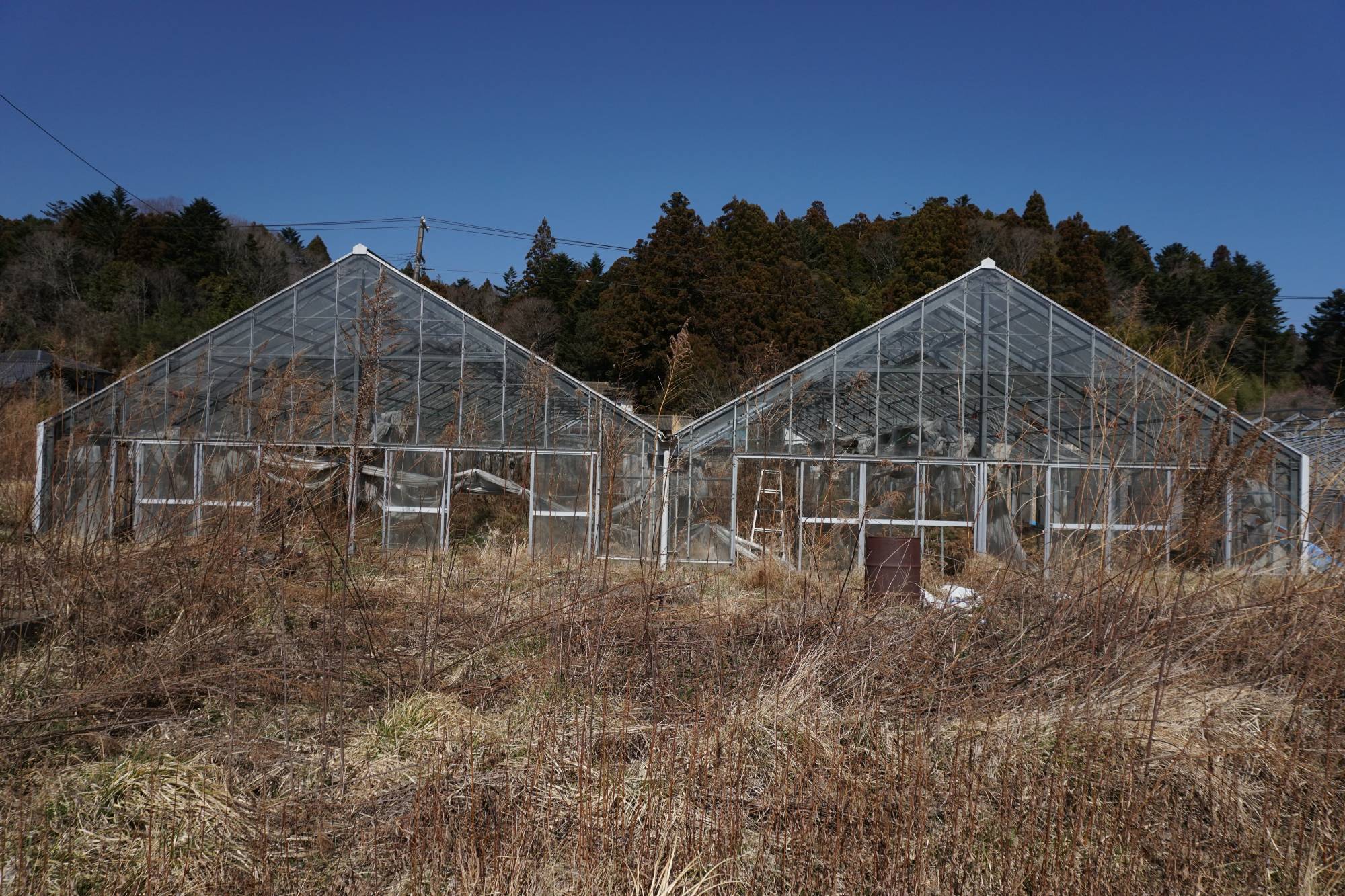“Fukushima is famous for agriculture, and its coastal region was once one of the richest rice-growing areas (in Japan),” Ryoichi Sato says, highlighting one of the prefecture’s prized assets. “Here, you can enjoy fresh green paddies in spring and beautiful golden rice fields in autumn.”
Sato was forced to abandon his hometown of Odaka, part of Minamisoma in Fukushima Prefecture, for six years following the earthquake, tsunami and nuclear disasters that devastated the region in March 2011, returning in 2017 to found a company called Kohbai Yume Farm.
Named after the kōbai plum flower that used to be the town’s symbol and combining it with the Japanese word for “dream,” the farming venture relies on “smart agriculture,” using machinery such as drones and information and communication technology to make up for a shortage of workers.



















With your current subscription plan you can comment on stories. However, before writing your first comment, please create a display name in the Profile section of your subscriber account page.